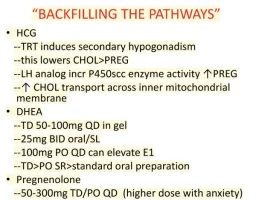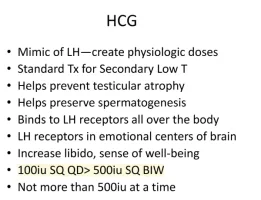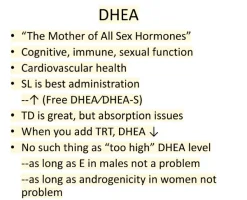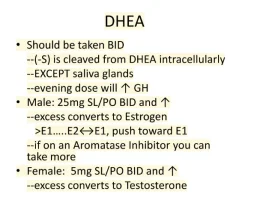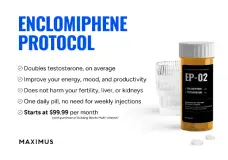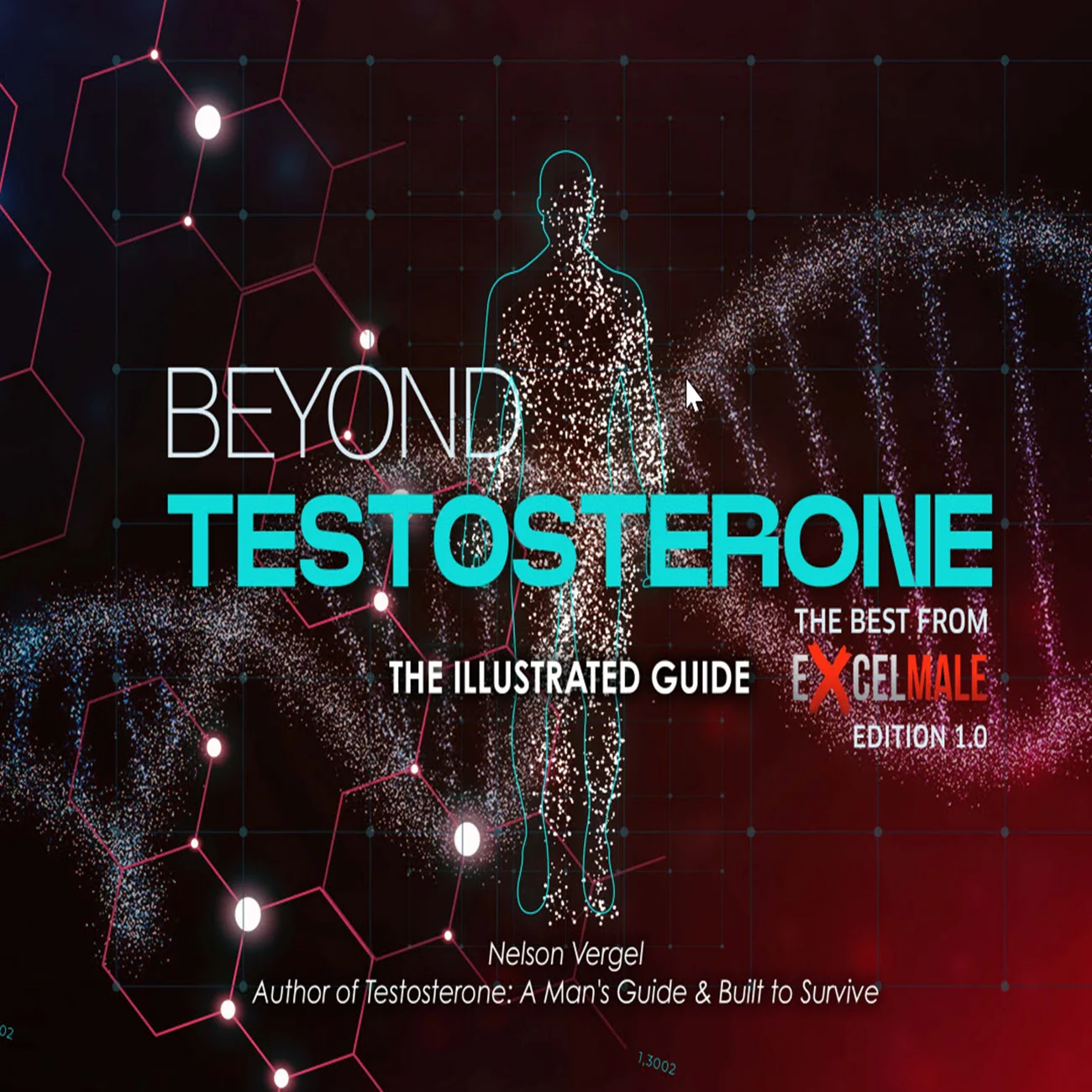Just to be clear, I'm not advocating for abnormally high estradiol levels. When I was talking about honesty around trade-offs, I meant being clear-eyed about the likely damage of inhibiting aromatase. Some people have the idea that if you modestly and carefully inhibit aromatase, just the right amount, leaving serum estradiol at a normal healthy male level, you should be safe. I used to subscribe to this, but no longer, after delving deeper into the physiology. I don't want to derail the thread too much talking about estrogen control, but it might be useful to understand why someone who prizes their health would do well to avoid it (and remain within their natural limits of E2 handling instead).
In both endothelium and brain tissue, testosterone unopposed by estradiol is toxic. In the endothelium, testosterone causes oxidative stress and is vasoconstrictive - estradiol counteracts this by increasing eNOS, upregulating endogenous antioxidant enzymes, and inhibiting the testosterone-induced increase in NADPH oxidase. In the brain, testosterone can cause excitotoxicity by increasing glutamate neurotransmission, as well as causing oxidative stress, mitochondrial dysfunction, and inflammation. Estradiol counteracts all of these again, by reducing glutamate receptor sensitivity and upregulating GABA, increasing antioxidant enzyme expression, reducing mitochondrial ROS production, and inhibiting inflammation.
Women are not as dependent on the local production of estradiol for tissue protection, due to their much higher circulating levels of estradiol, and much lower circulating levels of testosterone. Men need the help of aromatase to produce locally high levels of estradiol in tissues (higher than can diffuse in from serum) to act as an antidote to testosterone's toxicity. Normal male levels of circulating E2 will often not be sufficient to overcome local tissue deficits of estradiol and skewed local T/E2 ratios caused by aromatase inhibition.
How do we know that, you wonder. We can start with the billion anecdotes of men who suffer various types of low estrogen side effects as a result of estrogen control, despite normal serum E2. Joint pain, fatigue, depression, ED, loss of libido, etc are all common effects of AIs or aromatase-inhibiting androgens in men who still have apparently adequate serum E2. Then, there's a great study with aromatase inhibition in men, which inhibited estradiol just a little bit, and had a very disproportionate effect on endothelial function:
https://www.ahajournals.org/doi/10.1161/01.res.0000103633.57225.bc
Their E2 started at 85.4 pmol/L (23.3 pg/mL) and was dropped to 64.3 pmol/L (17.5 pg/mL) with 1 mg anastrozole weekly. This apparently modest 25% reduction of serum E2 caused their flow-mediated dilation response to drop by 50%, from 9.4% to 4.7%. This massive change, double the magnitude of the serum change in estradiol, should discourage anyone from thinking serum E2 accurately reflects what's happening in tissues.
You may be thinking, "I keep my serum E2 higher than that, and use less AI than that, so I probably have nothing to worry about." Test, don't guess. I don't want to share his medical information, but estrogen control as a TRT strategy has not worked out well for one member here that I speak to privately - serial carotid IMTs have showed major recent thickening, equivalent to ~10 years of vascular aging in just one year's time.





